Pussywillows: Training Trees to Harvest Decorative Catkins
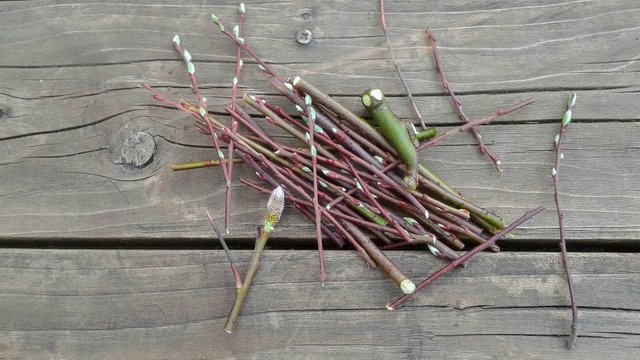
Back in March, when the catkins on the pussywillows were budding, I saved all the cuttings from my pussywillow bonsai trees.
I really wanted to have lots of pussywillow stems to harvest each year, so they could be used as decorations. Pussywillow stems are actually quite valuable, because they only form a catkin during a short week or two of the year, and they have to be freeze dried to preserve the soft furry catkins. A large vase of roses would sell for the same price as the same amount if they were pusswillow stems with full-sized catkins.
The cuttings above are far too small, and only fit in the palm of my hand.
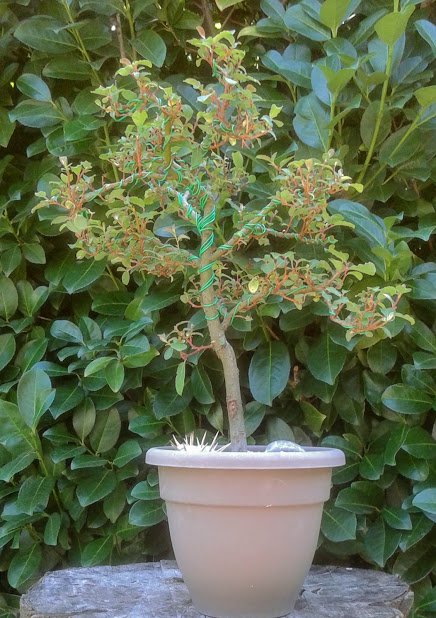
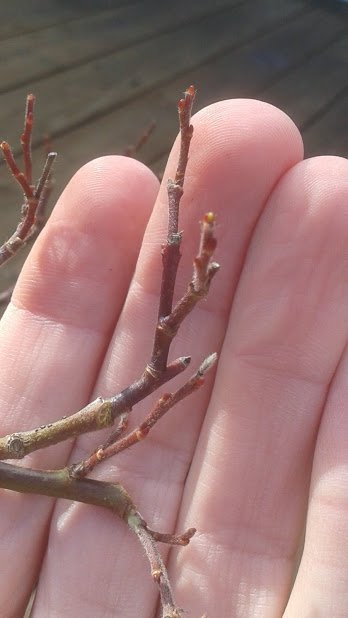
On bonsai trees, I discovered that none of my cuttings were large enough for a decorative vase. I could get a handful of finger sized stems at best with barely any visible catkins. On the smallest bonsai branches, the catkin never even forms, and the branch only produces leaves.
They do make for a charming bonsai tree however, with super petite buds.
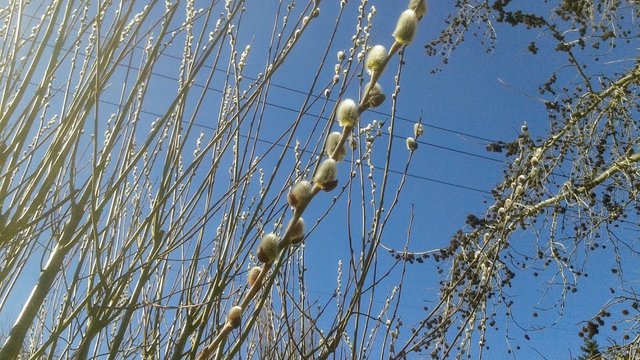
Downtown, I noticed some pussywillows growing along the sidewalk, and the homeowner clearly knew what they were doing. Tall plumes of hundreds of long stalks towered above with thousands of fat catkins.
Meanwhile my trees were only forming one or two medium sized buds. If I ever want to develop fuller sized buds, I would need to erase my bonsai techniques, and grow the pussywillow in a very different manner.
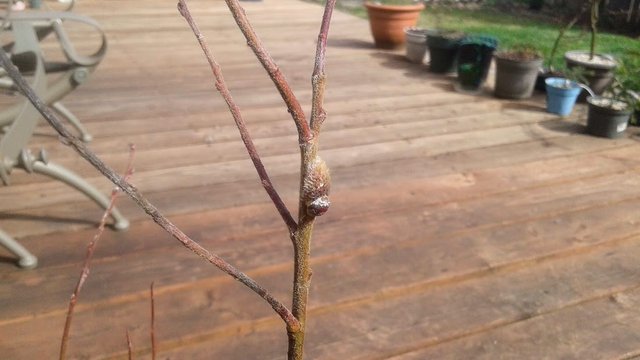
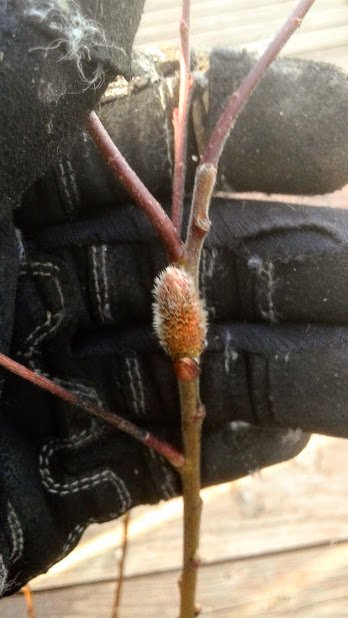
Normally I save my branch cuttings and plant them into soil, and they root very quickly. These will become back-up trees in training in case my larger bonsai trees die, or they can become future bonsai gift trees for somebody who wants an easy starter tree.
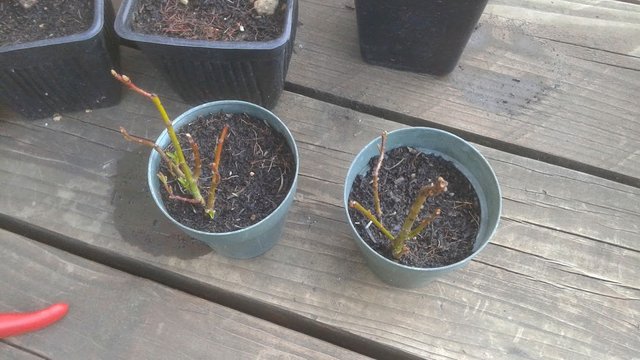
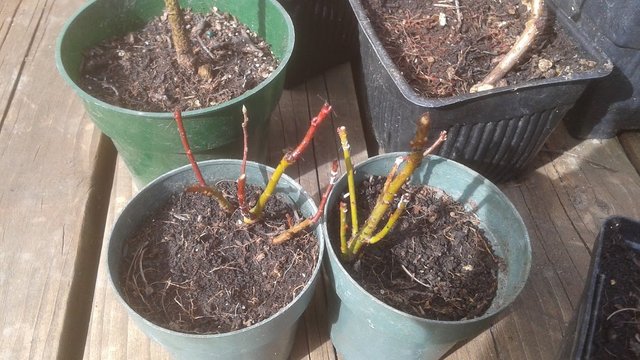
But then it occurred to me that instead of constantly pruning the trees, I could allow some to continue growing long, tall stems
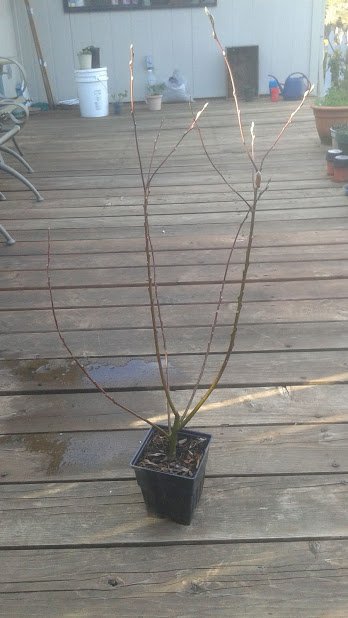
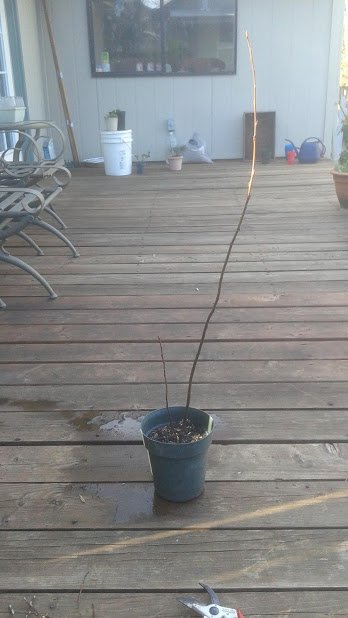
And then I did the unthinkable! I chopped them off at the base.
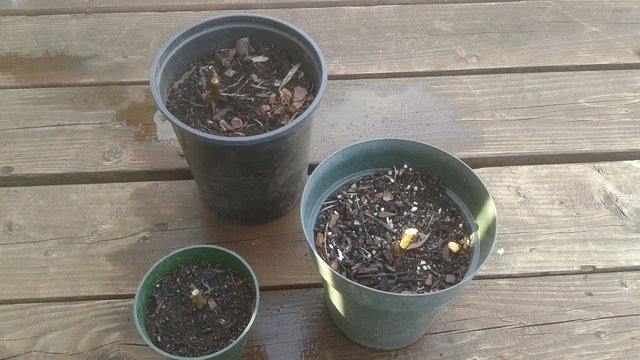
This technique, known as coppicing is a way to encourage new shoots to form at the zone of the cut. By removing all of the top of the tree, the tree spends all of its energy into making a new tall trunk as quickly as possible, and willows are very good at doing this quickly. Ideally the new shoots grow up long and straight without any side branches. Then in February or March catkins will appear along the entire stem from top to bottom.
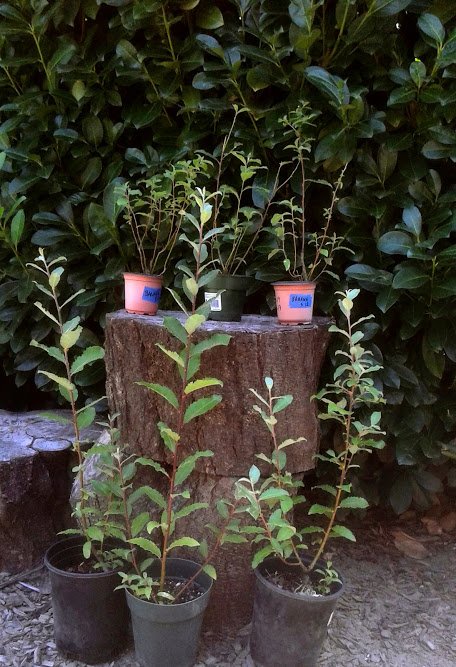
Here are the results from this past August. The trees are fully formed. They can't grow much taller in these pots, but I think I will get some nice cuttings coming up later this year to enjoy.
I'll end up with stumps again, but the roots will grow stronger every year, and rebuild a new batch of stems for me to harvest year after year.
Photos in this post are all #originalworks by @creativetruth, unless stated otherwise.
Find me on discord and chat with other tree growers, bonsai enthusiasts, and gardeners. We have quite a few accredited experts filling out our ranks, and a helpful Spanish-speaking community.
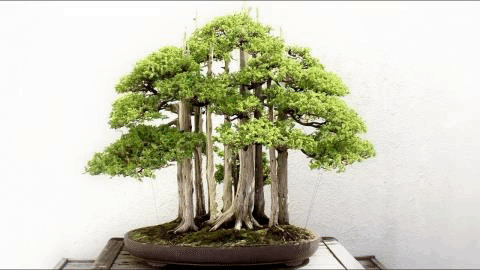
#marlians #willow #pussywillow #catkin #catkins #budding #tree #willow-tree #pruning

Congratulations @creativetruth! You have completed the following achievement on the Steem blockchain and have been rewarded with new badge(s) :
You can view your badges on your Steem Board and compare to others on the Steem Ranking
If you no longer want to receive notifications, reply to this comment with the word
STOPTo support your work, I also upvoted your post!
Hello @creativetruth, thank you for sharing this creative work! We just stopped by to say that you've been upvoted by the @creativecrypto magazine. The Creative Crypto is all about art on the blockchain and learning from creatives like you. Looking forward to crossing paths again soon. Steem on!